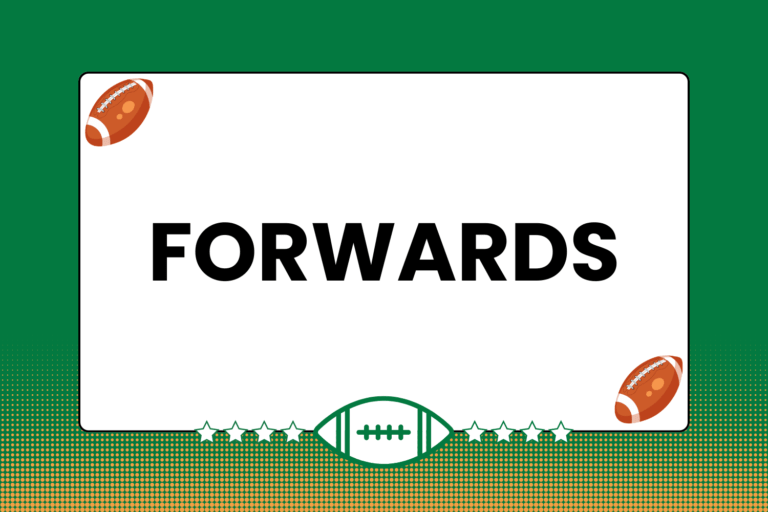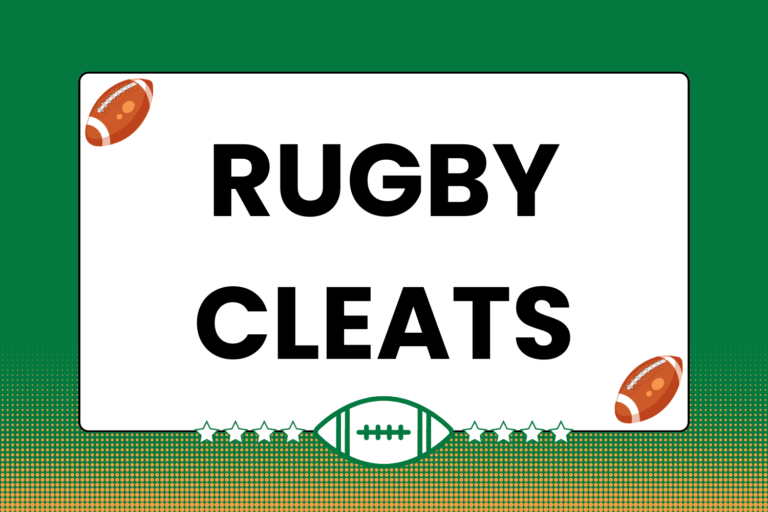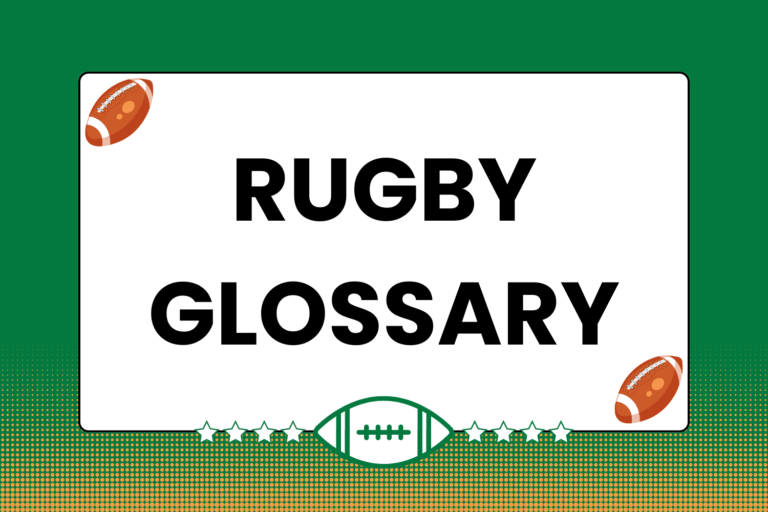Players who regularly make smart decisions will be successful. But how exactly do players decide what makes a decision ‘smart?’ Occasionally it will depend solely on the circumstances of a situation, but more often a decision is smart if it somehow fits into the overall strategy of that player’s team.
In other words, a team’s respective strategies should be reflected in the ways players respond to different situations. This guide focuses on recognizing how certain patterns emerge from many players’ individual decisions, and how those patterns create a team-wide strategy.
Smart Players, Smart Team
Every rugby team uses some kind of strategy in their approach to the game. From how they want to advance the ball on offense, to their preference for mauls inside the 22-Meter line, a team will have a plan for what to do in most situations. It’s important players understand and apply these strategies, for two reasons: One, it gives players a basis to make good decisions from; and two, it will allow teammates to react properly to the moves of that player. Consider the following example of the individual decision-team strategy relationship, broken down below:
- A prop stands 2 to 3 meters away from where a ruck is forming, at a spot in the middle of the pitch and about 12 meters out from the other team’s try line.
- In most instances, the prop would bind on and help support the ruck. However, because the team is so close to scoring, the player knows there’s a chance of receiving the ball and attempting to score a try, so the prop doesn’t rush into the ruck. Instead, the prop slowly backs up and away from the ruck.
- The ball is played out and passed to the prop, who was in the right position for the situation, caught the pass and scored a try.
The prop knew that he would normally be involved in a ruck, but chose to remain outside. This was a smart decision because the prop’s team was close to the try line, and part of that team’s offensive strategy calls for props to get the ball close to the try line.
Player Decisions Should Reflect Team Strategy
Here’s a step-by-step breakdown of the individual decision-making process, and how it relates to team-wide strategy:
Step 1: Decode the Situation
How to do the job: Break the situation down into key details.
First, the prop analyzes the situation, and chooses a few key details that stand out as being important in choosing the right move to make. The prop thinks, ‘There’s a ruck forming close to their try line. Are there enough people in the ruck already, or should I join?’
The result: The situation is understood from all angles. The prop considers the exact location of the ruck, the fact that he could be required to join it, and the awareness to check the number of teammates already involved in it.
Step 2: Decide the Best Action
How to do the job: Evaluate the actions available based on the key details.
The ruck takes stock of the situation, and comes to a conclusion. ‘I can join the ruck, or stay back and wait for a pass. There are several people in the ruck already, and sometimes forwards get the ball close to the try line.’
The result: The appropriate action is picked based on the key details. The ruck decides, ‘There are enough people in the ruck; forwards often get the ball close to the try line.I’ll move back and wait for the ball to be played.’
Step 3: Carry out the Action
How to do the job: Varies depending on the action
The ruck decides not to join the ruck, and steps back to join the other players waiting for the ball to be played out. The decision to not join was based on the key details picked out when the ruck first analyzed the situation: the location (near the other team’s try line), the players in the ruck (there were enough), and the team’s strategy (giving the ball to props near the other team’s try line).
The result: The action is completed.
This is an excellent hypothetical example of how an individual player’s actions are the result of the decision-making process and part of the overall team strategy: The prop’s team strategy dealing with rucks neat the try line is reflected in the decision not to join the ruck.
There’s no one facet that defines a team’s overall strategy, either offensively or defensively. Although, certain teams are known for relying heavily on specific tactics used in either their offensive or defensive strategies.
- A team with larger than normal forwards might employ a ‘crash-ahead’ strategy on offense, involving more instances of the forwards running the ball. The team would do this to use the size advantage its forwards have over the other team.
- A team with more speed than size or strength might use a ‘drift’ technique on defense. Rather than relying on one-on-one matchups, this team would instead take a more mobile approach to defending against attacking efforts, where players drift back and forth across the field depending on where support was needed.
The Action-Reaction Cycle is also an excellent indicator of each team’s offensive and defensive strategies. When a team has the ball and is attacking, its efforts are the action part of the cycle, and those actions illustrate that team’s offensive strategy. When a team is on defense and responds to the offense’s efforts to advance the ball, those efforts are the reaction part of the cycle, and those also illustrate that team’s defensive strategy.
Breaking the Cycle
The easiest way to gain an advantage on both offense and defense is to do something that forces the other team to break the cycle. Again, the ‘action’ part of the cycle is an offensive effort to move the ball, and the ‘reaction’ part is the defense’s attempt at preventing the offense from moving the ball.
Here’s a new way of thinking about the cycle:
- The offense attempts to move the ball forward … Action 1.
- The defense attempts to keep the offense from advancing the ball …
Reaction 1. - The offense adapts to the defense’s reaction, and makes a new move…
Action 2. - The defense responds to the offense’s new effort to move the ball …
Reaction 2.
The cycle can theoretically continue endlessly until a pre-determined stoppage of play occurred (like half time). The strategy on both sides of the ball is to force the other team to act in such a way that the cycle is broken.
- On offense, attacking in different ways and noticing which methods are more successful than others can help to focus the variety of attacking strategies to those few that are more successful than the rest.
- On defense, try to notice patterns or trends in the attacking strategies of the offensive team – especially if/when it repeatedly relies on one or two specific strategies – then exploit that reliance.
Breaking the cycle will look different from one match to the next. Each team comes into the match with its own set of strategies, so the cycle that results from the teams’ interactions will be different from match to match. Whichever team figures out how to exploit the other team’s strategies, and breaks the cycle, has the advantage.
The Winning Edge
The key to winning the strategy battle comes down to two parts:
- Consistent individual performance
- Quickly breaking the Action-Reaction cycle
Strong individual performances lead to a strong team performance, and the stronger a team’s performance the less likely it is that the other team will be able to force a break in the ‘action-reaction’ cycle. Much easier said than done, but it can be achieved with time and effort.





